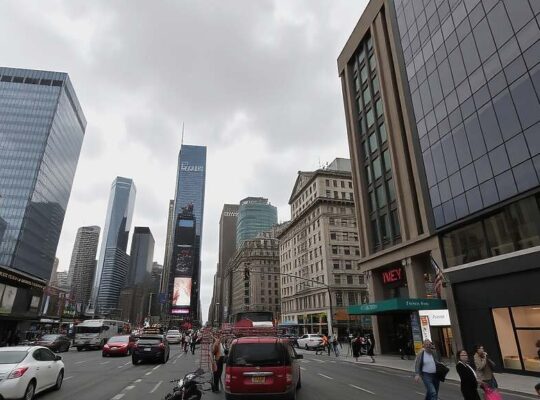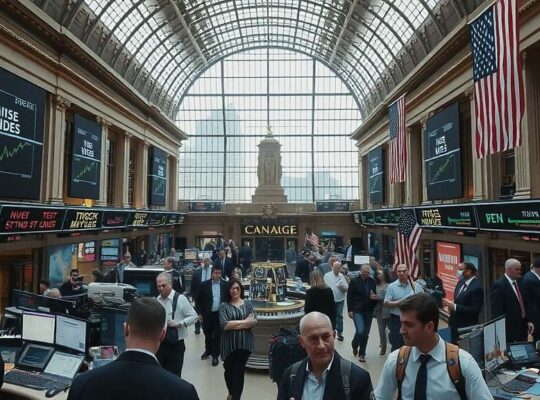Market Volatility Reflects Deepening Economic and Political Concerns
US markets presented a mixed performance Wednesday, closing with the Dow Jones Industrial Average experiencing a slight decline to 47,632 points, down 0.2% from the previous day’s close. While the broader S&P 500 edged marginally into negative territory at around 6,891 points, the Nasdaq 100 demonstrated resilience, posting a modest gain of 0.4% at approximately 26,120 points. However, underneath the surface volatility, a more concerning narrative is emerging, fueled by internal dissent within the Federal Reserve and a complex web of economic and political headwinds.
The Federal Reserve’s anticipated 25-basis-point interest rate cut, while factored into market expectations, was met with an unprecedented display of disunity. For the first time since 2019, two members of the Federal Open Market Committee (FOMC) publicly opposed the majority’s decision, signaling a fundamental disagreement on the appropriate course of monetary policy. Stephen Miran advocated for a more aggressive 50-basis-point reduction, while Jeffrey Schmid argued for a pause, highlighting the diverging views within the central bank.
This fractured stance reflects the precarious juncture faced by the US economy. Persistent inflation continues to pressure policymakers, while the administration’s trade policies simultaneously contribute to inflationary pressures and constrain economic growth. The looming threat of a government shutdown further muddies the data landscape, hindering accurate economic assessment and policy calibration. Critically, the situation is complicated by the increasingly overt pressure exerted by President Donald Trump, who has repeatedly criticized Federal Reserve members and publicly demanded more rapid interest rate cuts – a pattern raising concerns about the independence of the central bank and potential for politically motivated monetary policy.
The euro weakened against the dollar, trading at $1.1602, reflecting a flight to safety amidst the mounting economic uncertainty. Gold prices also saw a slight decrease, falling to $3,931 per ounce, driven partly by the perceived stability of the dollar. Conversely, oil prices saw an uptick, with Brent crude rising to $64.85 a barrel, likely driven by expectations of continued global demand despite the broader economic anxieties.
The market’s performance and the internal divisions within the Federal Reserve, suggest that underlying economic vulnerabilities and political tensions are significantly impacting investor confidence and potentially foreshadowing a period of increased financial turbulence.












